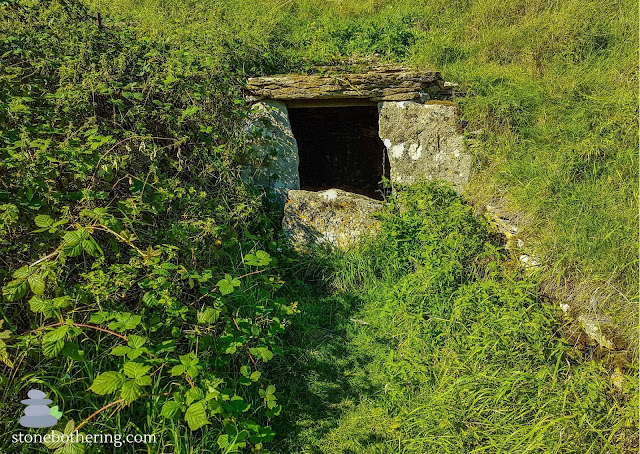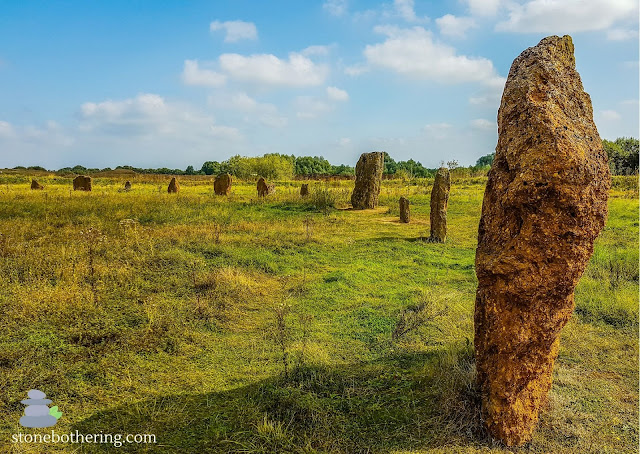The Valley of Stones: A landscape of sarsen boulders in Dorset
The Valley of Stones is a National Nature Reserve in Dorset, England, that is home to a unique landscape of scattered sarsen boulders. These large, naturally occurring stones are thought to have formed during the last ice age, when freeze-thaw cycles caused the sandstone on the nearby hills to fragment and slump downhill.
The sarsen stones in the Valley of Stones are some of the largest and most impressive in southern England. They range in size from small pebbles to boulders that weigh over 100 tons. The stones are a warm, honey-brown color and have a weathered, textured surface.
Among the boulders lies a hidden treasure: a Neolithic polishing stone. This polishing stone, or polissoir, is a large boulder with a smooth, concave surface. It is thought to have been used by Neolithic people to sharpen and polish their stone tools. The polishing stone was discovered by a team of volunteers who were clearing vegetation from the valley floor. It is the only undisturbed polissoir to have been found in England in over a century.
The discovery of the polishing stone provides valuable insights into the lives of Neolithic people in Dorset. It shows that they were skilled craftspeople who used a variety of tools and techniques to produce high-quality stone tools.
The polishing stone is also a reminder of the long and rich history of the Valley of Stones. For thousands of years, people have been drawn to this unique landscape, and have left their mark in the form of archaeological remains such as the polishing stone.
The Valley of Stones is a truly unique and special place. It is one of the best places in southern England to see sarsen boulders in their natural setting. If you are looking for a place to enjoy the outdoors and explore a unique landscape, the Valley of Stones is the perfect destination for you.
© All rights reserved
.jpg)
.jpg)
.jpg)

